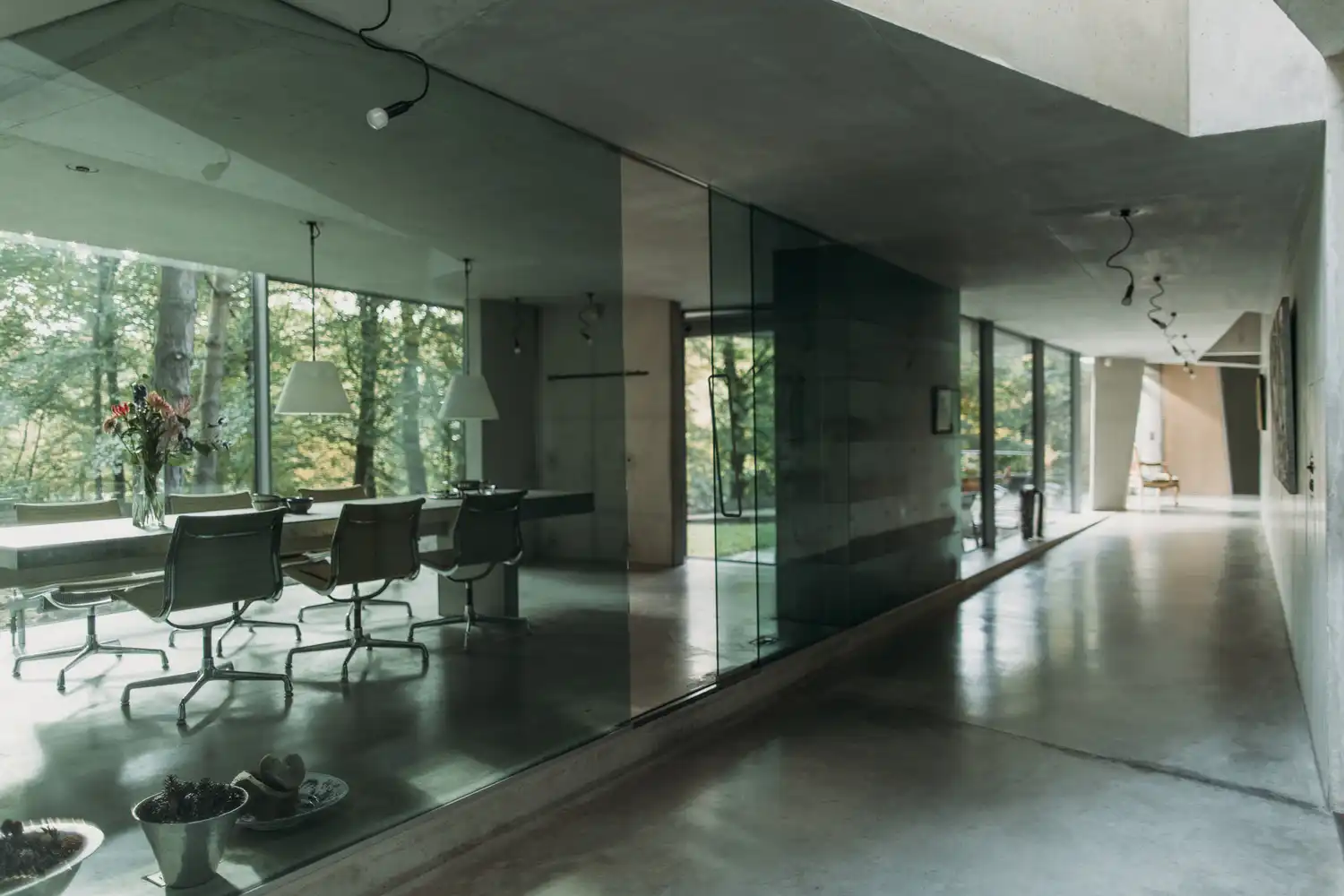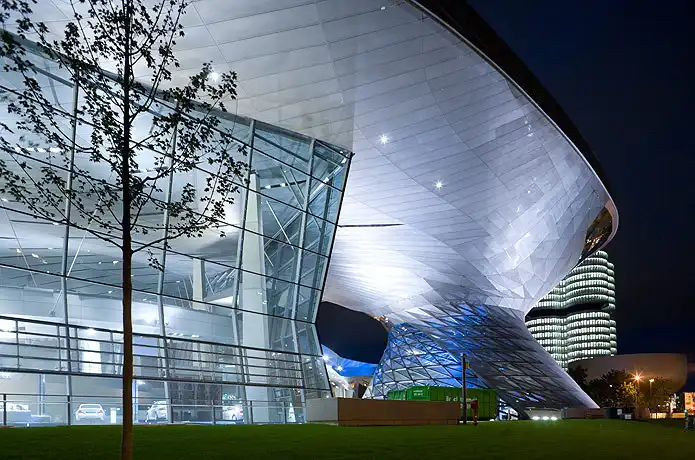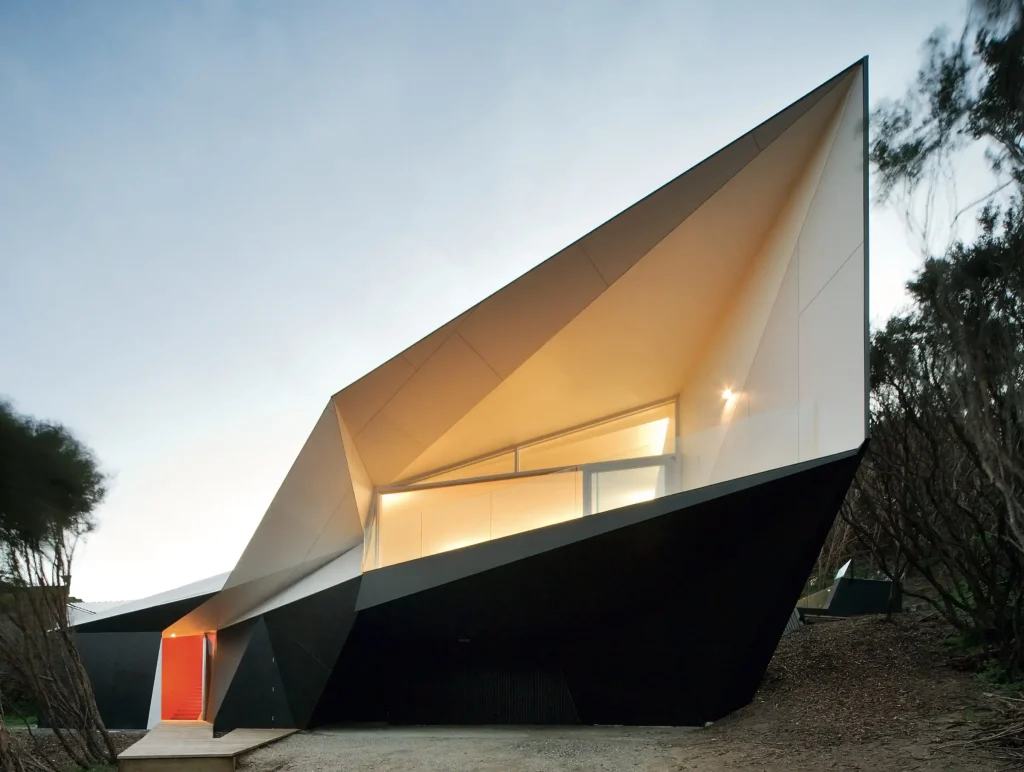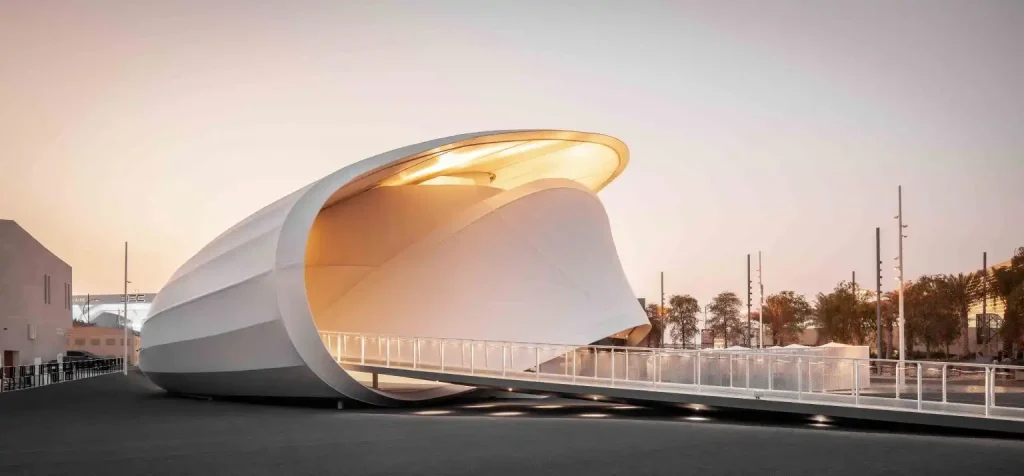Development of Möbius Ideas in Architecture
Exploring the Intersection of Mathematics and Architecture: The Influence of Möbius Concepts
In the realm of architecture, the fusion of mathematics and design has given rise to intriguing structures that challenge convention and push the boundaries of creativity. One such concept that has taken the architectural world by storm is the Möbius strip, a simple yet profound mathematical concept first introduced in the mid-19th century. This article delves deep into the influence of Möbius concepts in architecture, showcasing how architects have harnessed this fascinating shape to create innovative and fluid spaces that defy traditional boundaries.
What is a Möbius Strip?
The Möbius strip, conceived by German mathematicians August Möbius and Johann Benedict Listing in 1858, can be easily visualized. Picture a rectangular strip of paper; by giving one end a half-twist and connecting the two ends, you create a loop with a single continuous surface and edge. This means that if you were to trace a line along its surface, you’d end up back at your starting point without crossing an edge. This unique characteristic makes the Möbius strip a powerful metaphor for continuity and infinity—qualities that architects have begun to explore in their designs.
The Impact of Möbius Concepts on Architectural Design
Möbius concepts have transcended their mathematical origins to profoundly influence architectural design. The essence of the Möbius strip lies in its ability to blur the lines between interior and exterior spaces, offering a continuous flow and a sense of adventure for inhabitants. Architectural designs inspired by this strip invite us to rethink space as a dynamic experience rather than a set of static areas divided by walls and ceilings.
Breaking Down Traditional Boundaries
The application of Möbius concepts has empowered architects to break free from conventional notions of space. They create interconnected environments that promote fluid movement, echoing the smooth, unbroken surface of the Möbius strip. Innovations in computational design tools and parametric modeling have significantly enhanced architects’ capability to explore and realize these concepts.
Notable Architectural Works Inspired by the Möbius Strip
Several architects have successfully integrated Möbius strip principles into their projects, giving rise to extraordinary structures that redefine spatial experiences.
1. Mobius House by UNStudio: Designed by Dutch architect Ben van Berkel and completed in 1998, the Mobius House is one of the earliest examples of this approach. The home’s design promotes a continuous connection between living, working, and sleeping areas, illustrating a harmonious flow reminiscent of the Möbius strip. This innovative layout reflects the dynamic nature of the inhabitants’ daily interactions.

Mobius House by UNStudio (© UNStudio)
2. BMW Welt in Munich, Germany: Completed in 2007, this structure designed by Coop Himmelb(l)au employs a twisting roof that creates a flowing, ribbon-like appearance. This dynamic design not only serves as an iconic representation of the BMW brand but also facilitates smooth movement throughout the exhibition and delivery center.

BMW Welt by Coop Himmelb(l)au (© Coop Himmelb(l)au)
3. Klein Bottle House by McBride Charles Ryan: This 2008 architectural marvel in Australia exemplifies how Möbius concepts can be applied to residential design. Through the use of complex geometries, the Klein Bottle House creates a seamless interaction between indoor and outdoor environments, challenging the traditional compartmentalization typically found in homes.

Klein Bottle House by McBride Charles Ryan (© McBride Charles Ryan)
4. Luxembourg Pavilion at Expo 2020 Dubai: Designed by Metaform Architects, this pavilion symbolizes infinity through its continuous ramp that allows visitors to navigate seamlessly across floors. This structure not only embodies the fluidity characteristic of the Möbius strip but also emphasizes sustainability through its innovative use of recyclable materials.

Luxembourg Pavilion at Expo 2020 Dubai (© Metaform Architects)
The Future of Möbius-Inspired Architecture
Looking ahead, the potential of Möbius concepts in architecture is vast, especially with the ongoing advancements in technology and materials. Architectural practices now benefit from tools such as 3D printing and advanced structural engineering techniques, which enable the realization of complex Möbius forms with unprecedented precision.
Architects are not only focusing on the aesthetic appeal of these structures but are also optimizing them for structural efficiency and environmental sustainability. For instance, parametric modeling helps architects understand how elements like light and airflow will interact within a Möbius-inspired design.
Conclusion
The Möbius strip is more than a mathematical curiosity; it is a symbol of continuity, infinity, and fluidity that has inspired a revolution in architectural design. By adopting these concepts, architects are redefining spaces, creating dynamic environments that encourage movement and interaction. As we move forward, the combination of innovative technology and abstract mathematical ideas promises to yield exciting new architectural possibilities.
—
Tags: #ArchitectureNews #RealEstateNews #UAE #DesignInnovation #SustainableArchitecture







